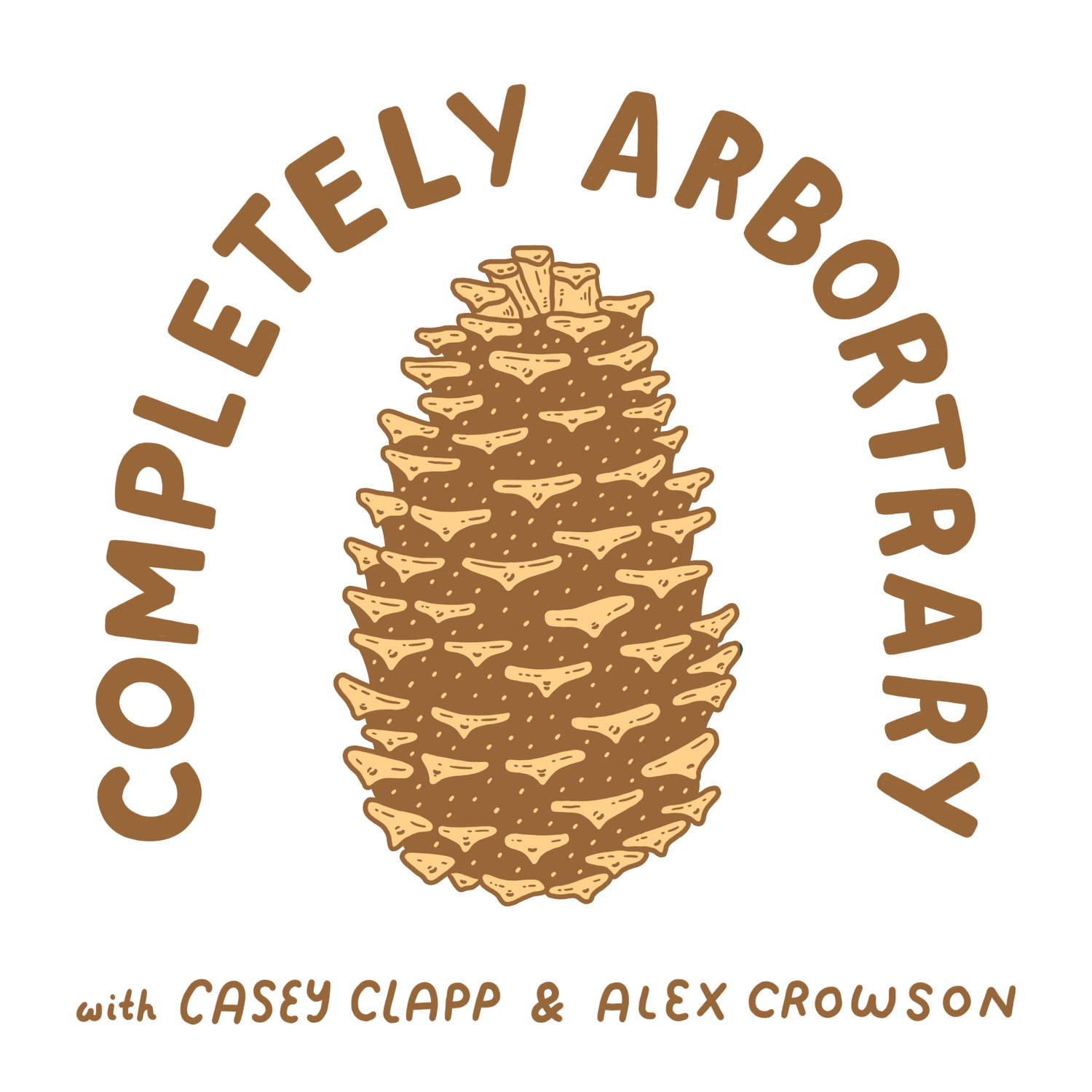UNDER THE TREE (JARRAH)
Welcome to Australia, land of strange plants. Jarrah (Eucalyptus marginata) is no exception! This superfluously hardwooded tree of the Darling Range of Western Australia is home to many a marsupial, and sports an astronomically deep root system. But when it caught the attention of voracious European loggers for its striking wood, Jarrah's future turned irreversibly grim.
Jarrah
(Eucalyptus marginata)
Logging at an industrial level is not a phenomenon that developed in the North American forests alone. This should go without saying, but it’s usually good to remind ourselves that this sort of land use and wonton resource extraction happens all over the world and in a huge diversity of ecosystems.
In the Great Pacific Northwest, specifically in the westernmost regions, there is an abundance of water and nutrient rich soil. So, when forests are logged, they often can begin to recover quite swiftly. Though of course it can take centuries for an ecosystem to develop the complexity and production it had prior to the logging impacts, the pieces are there for the rebuilding to begin in earnest.
One of the places where recovery is not so clear cut is the Jarrah forests of Western Australia. Jarrah (Eucalyptus marginata) is a massive forest tree that historically dominated in dry forest ecosystems on the Darling Plateau. Jarrah’s wood is decay and insect resistant, extremely strong and non-porous, and imbued with a deep magenta color. These unique qualities made Jarrah especially desirable as a wood product, and English colonists in Australia took notice quickly. They began cutting Jarrah at wildly unsustainable rates without understanding, indeed without even considering the impacts or response to their logging.
Jarrah developed in a land that was no stranger to fire, often ignited by the indigenous peoples of the area. Living in a drier region overall, it developed adaptations to thrive in these conditions, but on its own terms and timeline. Living for over 400 years, large trees shed their lower limbs and grow thick stringybark to protect the living cambium, but their true genius lay below ground.
Jarrahs develop a distinctive growth just below ground called a lignotuber. Lignotubers grow as a natural part of the habit of the tree, and they act as the tree’s insurance policy: if a fire kills the aboveground portion of the tree (what we humans often consider the tree), the belowground portion responds with new sprouts and starts to re-grow its top. Often this ends up taking the form of a mallee. A mallee is a growth habitat that many eucalypts employ characterized by the plant developing multiple stems, generally no more than about 10 feet tall, from their insurance policy: their lignotuber. With roots that can reach down 100 feet (30 meters), a significant portion of the biomass of Jarrah is actually belowground.
As logging of Jarrah became big business in Western Australia, cutters went into the forest in droves to extract the high value timber. Over time, just like countless trees the world over, entire vast forests were logged. Jarrah forest, however, responded to these kinds of impacts not by re-growing massive trees, but commonly by using their insurance policy, the lignotuber, to sprout into a mallee. Other times, because their ecosystem is so sensitive to such intense changes, they simply didn’t come back at all because of the damage to the soil or a change in land use, as in for mining. As the trees disappeared, the role they played in the lives of the animals and people who lived in their forests was lost as well, and these changes have been ramifying throughout the ecosystem ever since.
The industrial logging of Jarrah in Western Australia continues to this day, and outright deforestation and land clearing for mining is a critical issue. What Jarrah represents in forestry terms is something akin to a gold rush: the trees’ value was very high, so they were all cut at a high rate during the throes of the boom. After the markets shifted from wood to asphalt or steel, the value of the trees declined, but the damage had already been done. A literal cut and run.
Today, due mostly to native forest clearing for mining, coupled with historic cutting for export to European markets, Jarrah forests are in heavy decline. Because of the unique area and way that they grow, Jarrah forests are important for the unique animals that live in them. Predictions relating to climate change estimate that the forest ecosystems will collapse or transition to another kind of forest over time. Applying modern economically driven land use and management may see this magnificent forest type completely disappear. Jarrah will be a unique, looming relic of a history long gone.
Completely Arbortrary is produced and hosted by Casey Clapp and Alex Crowson
Support the pod and become a Treemium Member
Follow along on Instagram
Find Arbortrary merch on our store
Cover art by Jillian Barthold
Music by Aves and The Mini-Vandals
Episode cover photo by Gnangarra
Additional Reading:
The Jarrah (Eucalyptus marginata)
Jarrah wood
Jarrah history and big trees
The Impact of Our Actions
Around the World in 80 Trees by Jonathan Drori, Illustrations by Lucille Clerc

